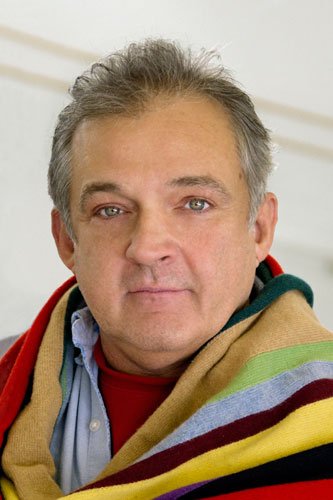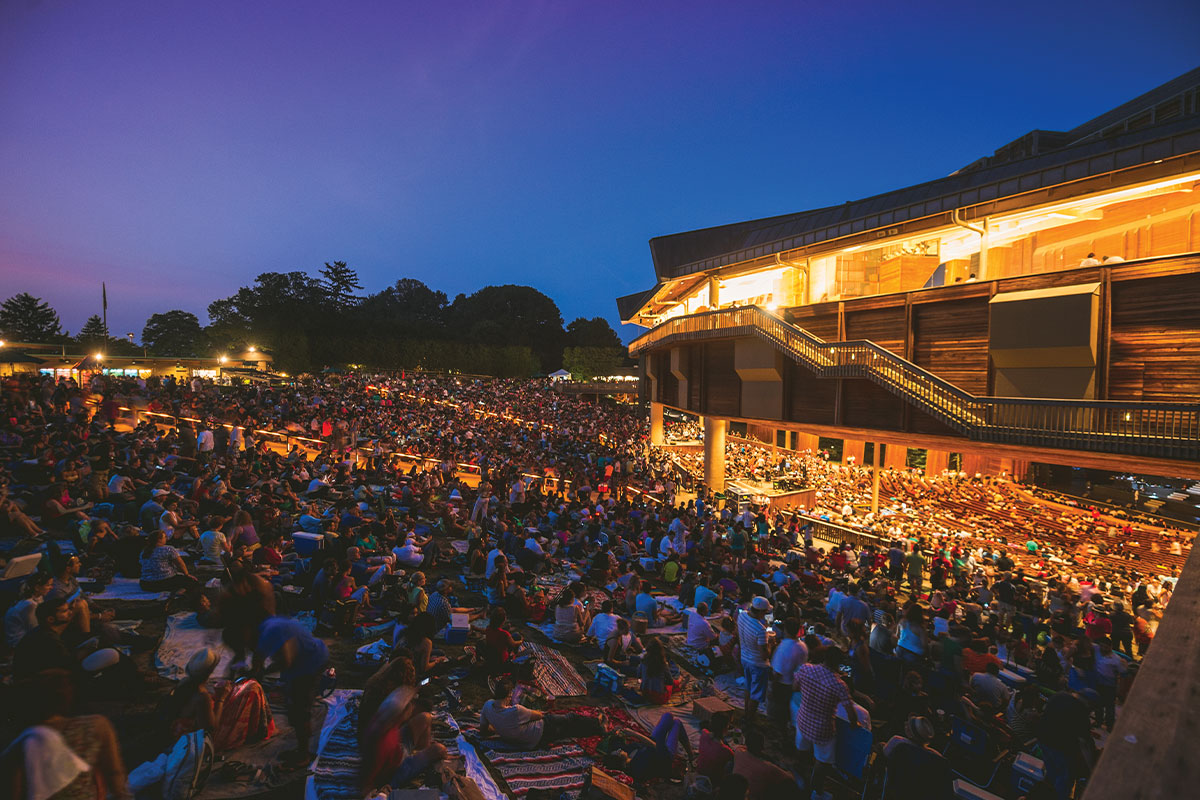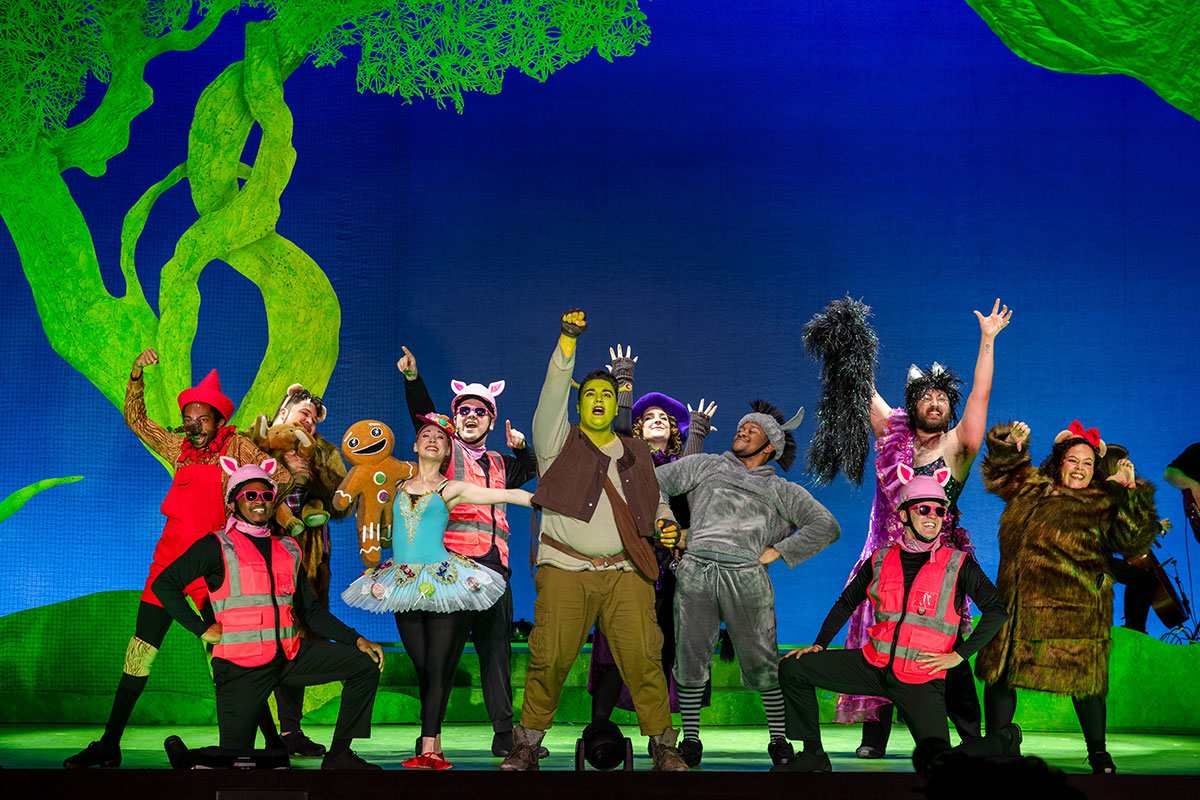World-renowned choreographer finds place in NoVA
By Jenna Makowski

Transiency is the key to good performance art. Live performances are fleeting moments bound together and brought to life by in-the-moment interactions between performer and audience. Brooklyn-based choreographer, producer and director Mark Morris sees the performer-audience relationship like a contract. His end of it—the performance—is succinct: to produce good art. That’s “the only way to convince people that art is worthwhile,” he philosophizes. “If the work isn’t any good, nobody will watch it.”
He upholds his end of the deal prodigiously. Winner of over 30 awards and recognitions, including a Guggenheim fellowship and Honorary Doctorate from The Julliard School, Morris’ multiple career hats have included director of dance at the National Opera of Belgium, guest choreographer for the San Francisco Ballet, and Mikhail Baryshnikov’s dance company partner. His own Mark Morris Dance Group has toured around the world.
And Fairfax. “That’s our home in the D.C. area,” proclaims Morris. A telling statement, given that the Center for the Arts stage, where the group regularly performs at George Mason University, is competing with the likes of the Kennedy Center, Strathmore and The Warner Theatre. Which means that NoVA audiences are upholding their end of the performer-audience deal: they’re showing up. “If [NoVA-ites] didn’t like us, we wouldn’t be back,” says Morris of his regular appearances on the GMU stage. How long has the relationship been going on? “Forever,” he laughs. “Decades.” He’s stopped counting.
In addition to premiering new works and holding workshops for dance students, the GMU-Morris relationship is tied through dance professors Dan Joyce and Susan Shields, both whom danced with Morris professionally in the past. Two School of Dance alumni—Rita Donahue and William Smith—have gone on to become members of the Mark Morris Dance Group. But, Morris cautions, there’s no nepotism involved. “Very little dance education in higher learning establishments is good. For people to get a good job like being in my company, that’s high praise for where they came from.”
Regardless of whether university dance programs are producing national tour-caliber dancers or community theater teachers, their role in the performing arts is critical. In an economy where ballet tickets are a luxury and arts funding a political fight, universities are one place where the performing arts—from understanding and appreciation to technique and practice—are passed on. They also create an affordable space for communities to experience live performances. “If you come and listen and watch my work,” promises Morris, “something will happen to you that is just wonderful.”
Upcoming performances: markmorrisdancegroup.org
(March 2013)




